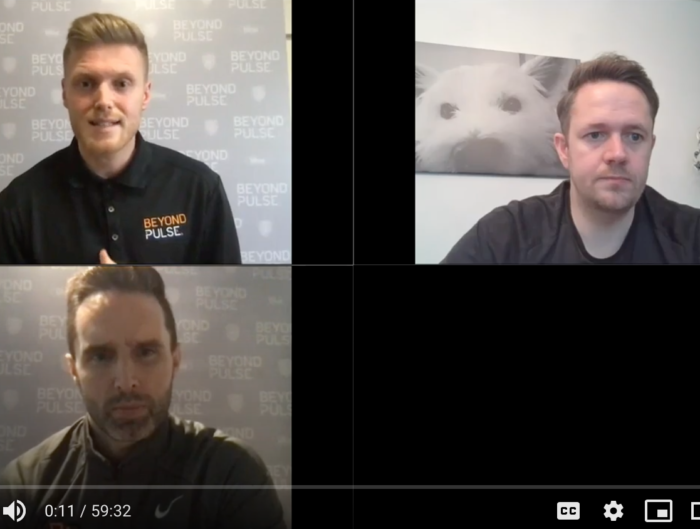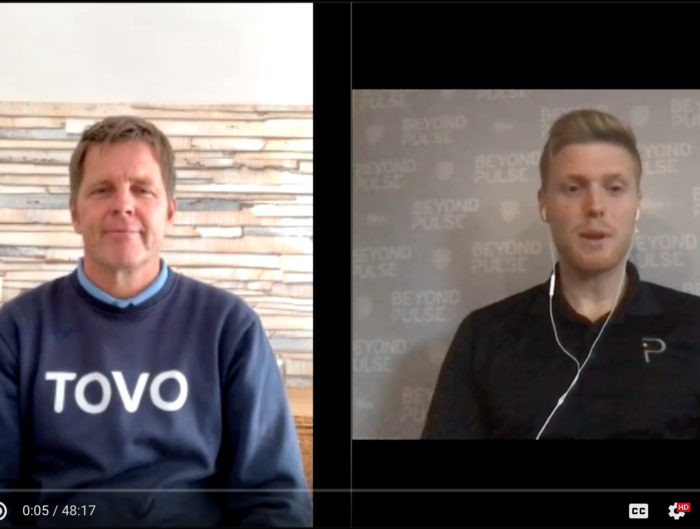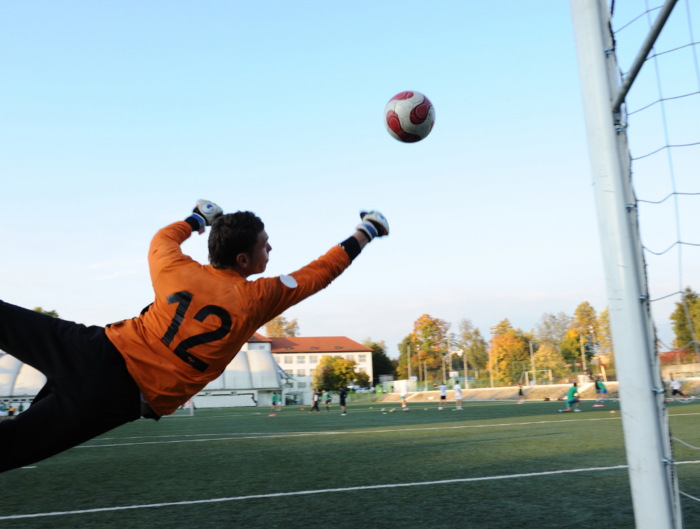The journey toward optimal athlete development and performance begins with recognizing the individuality of each athlete. Every player is distinct, with a unique set of skills, physical attributes, and learning styles. Personalized training plans enable coaches to address these differences effectively, leading to more significant improvements in performance and a better overall team dynamic. We’ve crafted a three-step guide to assist you in creating your individualized player training plans:
Step. 1: Assessment
The first step in developing a customized training plan is a thorough assessment of each athlete, or at least the individual athlete you plan to customize training for. Coaches can utilize a range of technologies to gather critical data about their physical state, such as heart rate, movement patterns, and stamina. In addition to physical data, coaches should use video analysis tools to gain insights into the athlete’s technical skills and tactical abilities. This dual approach ensures a holistic understanding of the athlete’s current performance level.
- Smart Wearables: Devices like Beyond Pulse’s Smart Belts provide simplified data on players’ development and performance – heart rate, distance covered, speed, and more. This data is crucial in understanding each player’s physical capabilities and endurance levels.
- Video Analysis Tools: Video analysis helps in breaking down a player’s technical and tactical aspects. Tools like Veo help coaches identify specific areas, such as ball control, positioning, or decision-making, where a player might need focused training.
- Player Assessment Software: Tools like TeamGenius allow coaches to organize player evaluations in a more efficient manner.
- Using Data to Open Discussions: Open-ended discussions with players provide insights into their perspectives, goals, and feelings. These discussions can reveal motivational factors, mental and emotional states, and personal challenges, offering a deeper understanding of each player beyond their physical capabilities.
For example: Meet Mia
Mia is a midfielder on her soccer team. Her Beyond Pulse data shows below-average endurance levels and speed compared to her teammates. Using Veo, the coach analyzes Mia’s gameplay, noting that while her ball control is excellent, her positioning during offensive plays needs improvement. Using TeamGenius, the coach tracks Mia’s skill ratings and notes a pattern of declining performance in the second half of games, likely tied to her endurance levels. The coach holds a one-on-one meeting with Mia, learning about her struggles with stamina and her personal aspiration to contribute more during crucial game moments.
Step 2: Strategize
Once the assessment data is collected, the next step is to analyze and interpret this information to formulate a tailored training strategy. This involves:
- Analyzing Physical Data: Using the data from wearables to identify specific physical attributes that need enhancement, such as endurance, agility, or speed.
- Technical and Tactical Analysis: Utilizing insights from video analytics to pinpoint areas for improvement in technique or game strategy.
- Setting Specific Goals: Based on this comprehensive assessment, set achievable, personalized goals for each player, aligning with their strengths and areas for improvement.
For example: Formulating a Plan for Mia
Mia’s coach decides to focus on improving Mia’s stamina and speed, using Beyond Pulse to look into her heart rate and distance data. Based on Veo’s analysis, the coach plans drills to improve Mia’s positioning during offensive plays. Together with Mia, they set achievable goals: increasing her average speed by 10% and improving her positioning in offensive plays within the next three months.
Step 3: Implementation
With a clear strategy in place, the focus shifts to implementing the customized training plan. This includes:
- Designing Focused Training Activities: Develop training exercises and drills that cater to the identified needs of each player. Incorporate activities based on data you gather as well as exercises derived from personal interactions and discussions with players.
- Ongoing Monitoring and Adjustment: Employ both technological tracking and regular personal feedback to dynamically adjust and refine the training plan according to each athlete’s progress and evolving needs.
- Integrating Individual and Team Development: It’s essential to ensure that personal development plans align with the team’s overall objectives, fostering both individual growth and team synergy.
Example: Putting the Plan into Action
Mia begins a tailored training regimen, including high-intensity interval training for endurance and targeted drills for positioning. The coach regularly reviews the data from Mia’s Smart Belt and adjusts the intensity of her training. Feedback from subsequent training and games, captured through Veo, shows gradual improvement in her positioning. Mia’s improved stamina and tactical awareness start to make a significant impact during games, aligning with the team’s strategy of maintaining a strong midfield presence.
Utilizing a blend of modern technologies along with traditional coaching methods and open-ended player discussions, is crucial in today’s coaching landscape. This holistic approach allows coaches to significantly enhance individual athlete performance and development, contributing to greater personal achievements and collective team success.

 FRA
FRA































